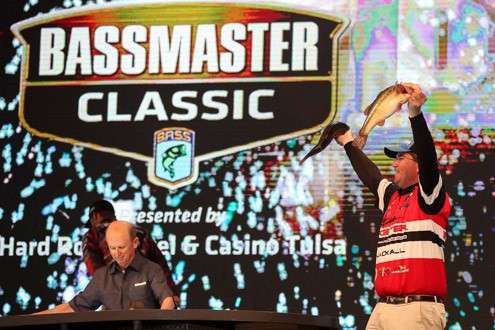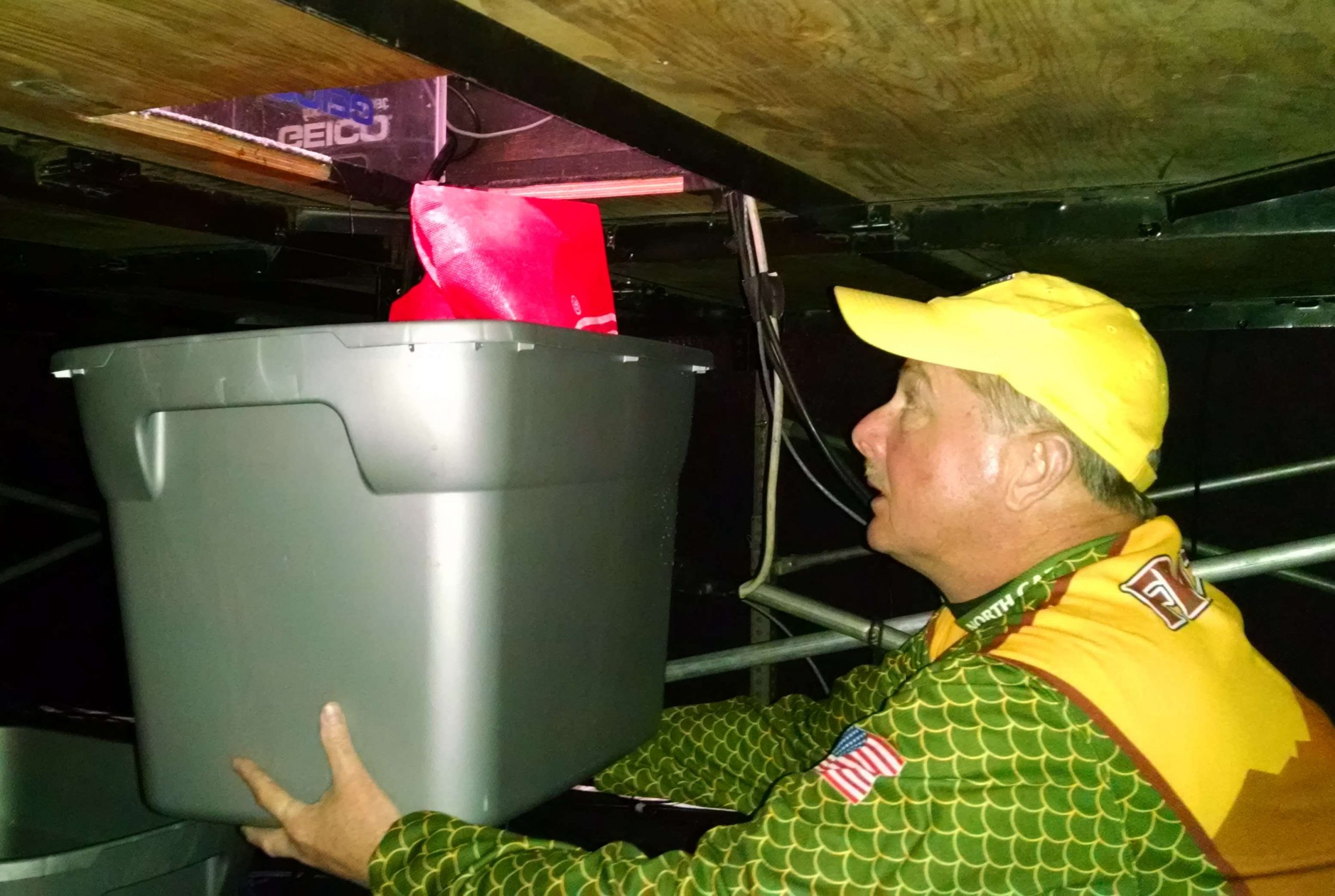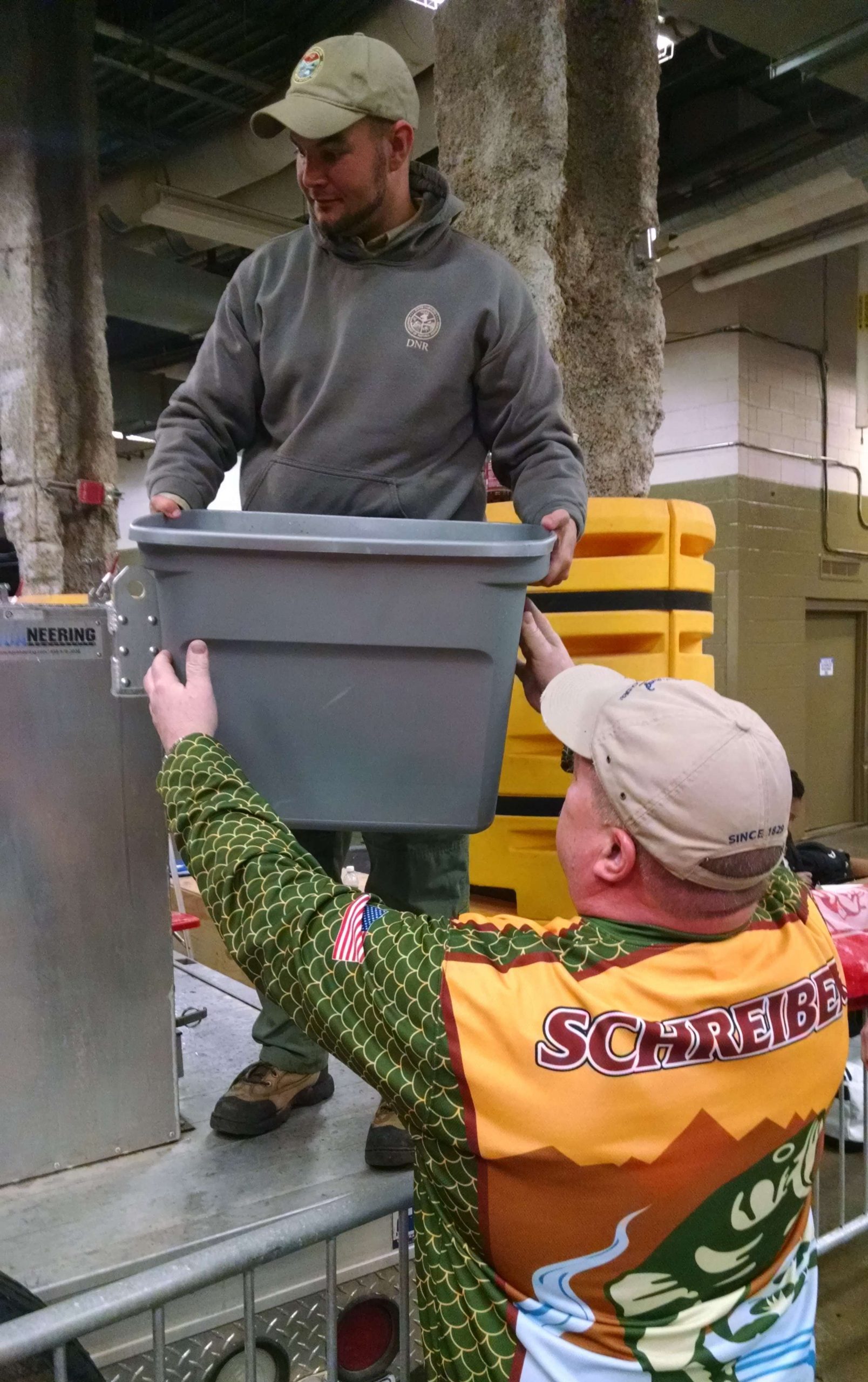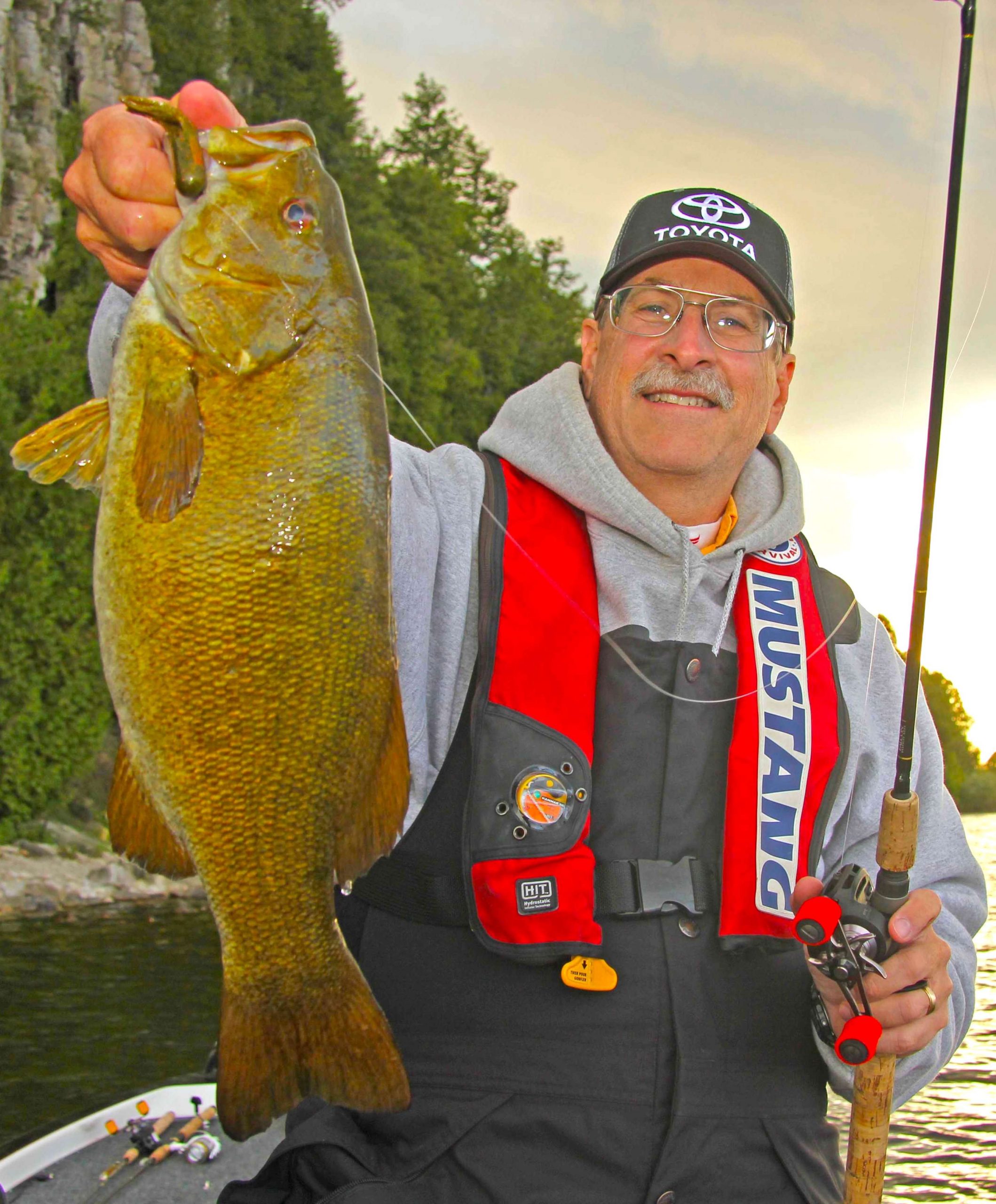
Grand Lake O’ the Cherokees and Tulsa, Okla., will host a return visit of the Bassmaster Classic, beginning March 4. As B.A.S.S. conservation director, the single most common question I get from fans about this event is, “What happens to the bass after the weigh-in?”
That’s an easy one: They go home!
When the 2013 Classic was in Tulsa, the Oklahoma Department of Wildlife Conservation assisted with the return of each day’s catch to Grand Lake. That year we released 100% of the bass that were caught during the tournament. We set the bar as high as it could go.
And we hope to accomplish that again in 2016.
To get an idea of what happens to the fish during the Classic, let me explain the process from the fish’s point of view. Let’s take a virtual ride with a Classic bass and see where it leads.
In 2013, Cliff Pace catches you on a suspending jerkbait. You are a keeper, and in the livewell you go. The livewell pumps in fresh, 43-degree Grand Lake water. That cool water temperature is critical to the rest of this story. Cooler water slows your metabolism, reduces stress and carries more life-sustaining oxygen.
By early afternoon, you and four new fishy friends are ready for the 90-minute ride down the Will Rogers Turnpike to Tulsa. But before you leave the Wolf Creek Park boat ramp in Grove, B.A.S.S. officials double check the water level and temperature in the livewell and make sure the recirculating aerators are running continuously to maintain good oxygen levels.
You have been in the livewell for several hours, but despite the road trip, it has not been any longer than a typical bass tournament. The water is still very cool, and oxygen is plentiful.
Arriving at the BOK Center in Tulsa, the livewell lid opens, Pace reaches in and grasps your lower jaw and slides you into a weigh-in bag. It’s show time! Hold your breath. Trip Weldon sets you on the scales. Twenty pounds and change! A couple of quick photos as part of the winning catch. Keep holding your breath; you’re almost done.

Weldon passes the bag of bass down through a hole in the stage beneath the podium. Hidden below the stage is a crew of state B.A.S.S. Nation conservation directors waiting to take care of you. The first one catches you and your buddies in a plastic tub. He puts the tub on a trolley, and another volunteer pulls it out from under the stage.
The tub passes to a third volunteer who races through the curtains backstage and hands you off to a biologist from the Oklahoma Department of Wildlife Conservation, who is sitting atop a fish hatchery truck with a 900-gallon hauling tank filled with Grand Lake water.

In you go. This feels like home already. The biologists infuse pure oxygen into the water to help you de-stress. And the water is cooled to the same temperature as the lake, so there will be no shock when you are released.
You were out of water no more than 90 seconds from livewell to scales to hauling truck. There was even a guy back there with a stopwatch timing it and encouraging the team to keep up the pace and get you back in the water as quickly as possible.
These people really do care.
The weigh-in is over, and you and your new friends are headed back to the lake. The biologist has chosen several undisclosed locations around the lake to release each day’s catch, which helps redistribute fish rather than releasing all of you in one location. The cold water and careful handling have kept every one of you alive and well, and you are now swimming away, back home in Grand Lake.
Our goal at the Classic, as it is in all B.A.S.S. tournaments, is to match that 100% live release from the 2013 Classic. We want every bass weighed in Tulsa to go home.
Cool water temperatures, careful handling, limited air exposure, proper equipment and a trained staff will help ensure we reach that goal again in 2016.

